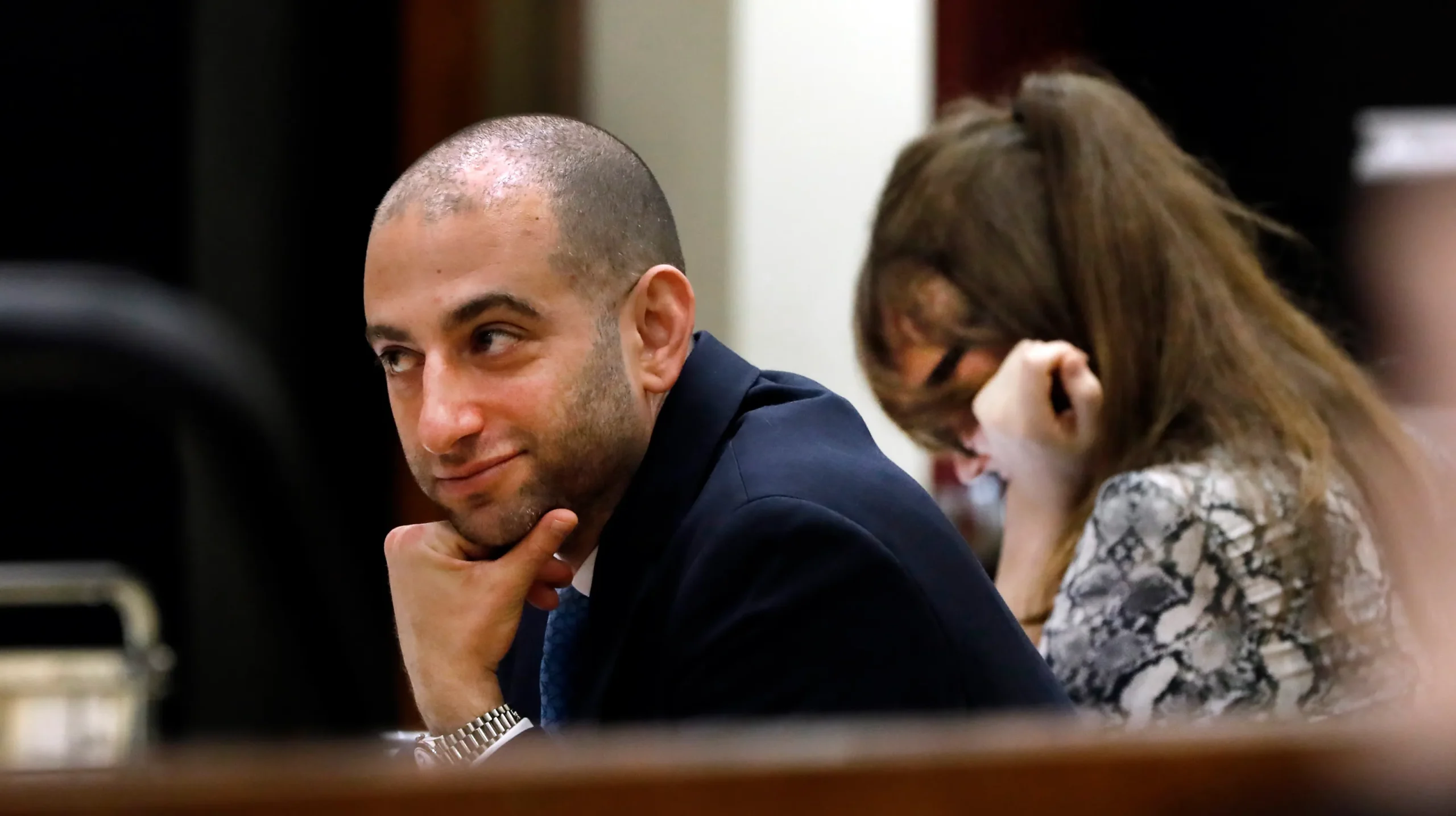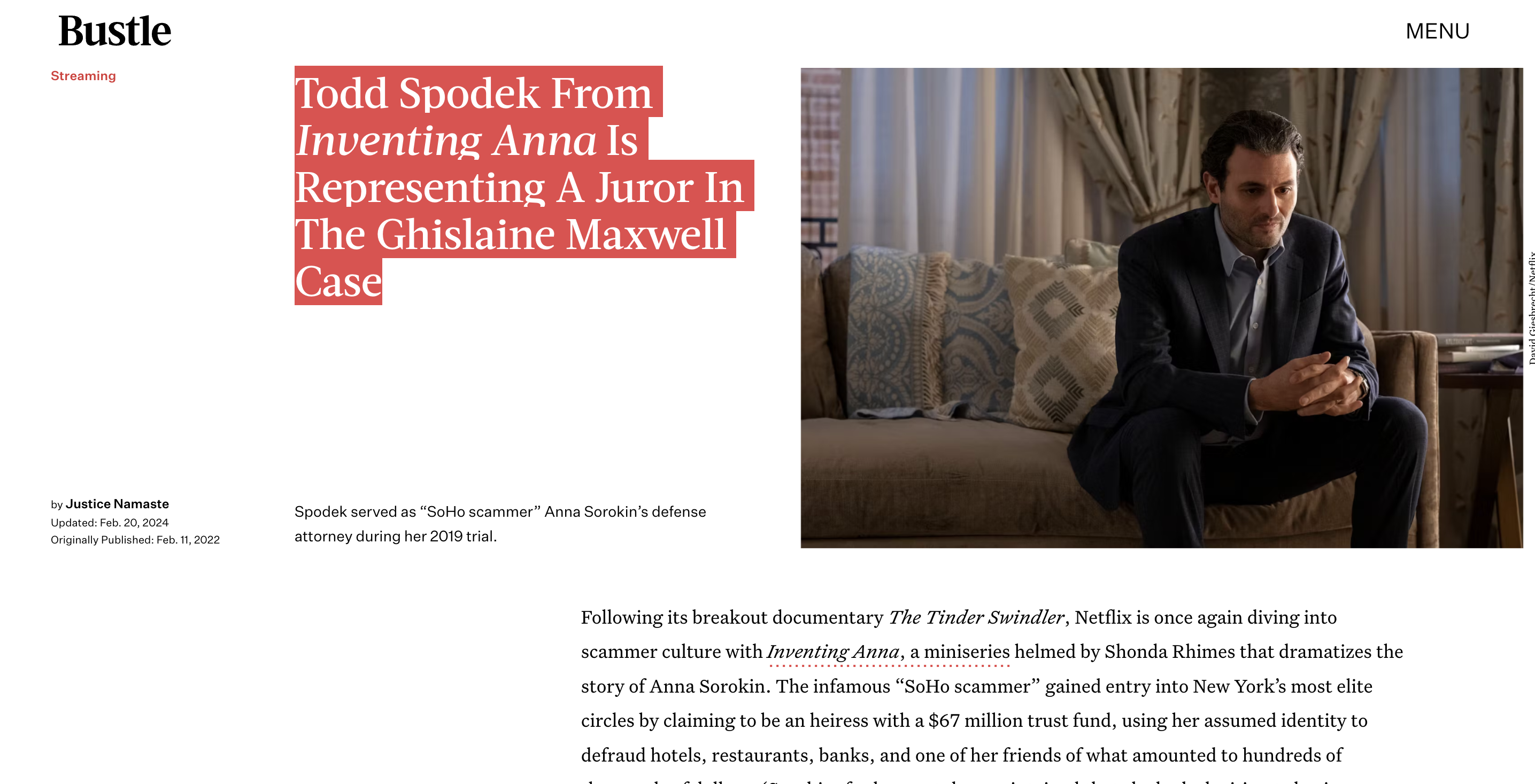Blog
Admitting Business Records Using FRE 803(6) in Counterfeiting Trials
Admitting Business Records Using FRE 803(6) in Counterfeiting Trials
When prosecuting counterfeiting cases, one of the key challenges for prosecutors is admitting business records into evidence to prove essential elements like the authenticity of a trademark. However, business records contain hearsay statements that would normally be inadmissible. Fortunately, Federal Rule of Evidence 803(6) provides a hearsay exception allowing admission of business records that meet certain criteria.
What is FRE 803(6)?

FRE 803(6), also known as the business records exception, allows admission of records of a regularly conducted business activity as an exception to the hearsay rule, provided that:
- The record was made at or near the time of the event
- The record was kept in the course of a regularly conducted business activity
- Making the record was a regular practice of that activity
- The record was made by someone with knowledge (or from information transmitted by someone with knowledge)
- Neither the source of information nor the method or circumstances of preparation indicate a lack of trustworthiness
This exception exists because business records are generally accurate and trustworthy. Businesses rely on them to conduct daily operations, so there are good incentives to be accurate. The routine, repetitive nature of record keeping also indicates reliability. Of course, there can be inaccuracies, which is why 803(6) allows the opposing party to challenge the trustworthiness of a particular record.
Using 803(6) in Counterfeiting Cases
In counterfeiting cases, 803(6) is invaluable for prosecutors seeking to admit business records that are central to proving elements of the offense. For example, a company’s sales records could demonstrate the extent of counterfeit sales, manufacturing logs may show when and how many counterfeit items were produced, and financial statements could provide evidence related to damages from lost profits. Emails and other correspondence may also contain party admissions related to the counterfeiting scheme.
To admit such records, prosecutors must lay a proper foundation by calling a qualified witness to testify about the record keeping system and establishing the requirements of 803(6). This is often done through declarations or affidavits from record custodians or employees familiar with the records. Once admitted, the records can be powerful evidence for establishing key elements of counterfeiting such as:
- Use of a registered trademark – Sales records, ads, packaging, etc. showing the mark
- Counterfeit nature of goods – Manufacturing records, internal communications, etc.
- Impact on trademark owner – Financial statements showing lost sales/profits
- Intent/knowledge – Emails discussing counterfeiting activities
Example Case: U.S. v. Lam
A good example is U.S. v. Lam, where prosecutors used 803(6) to admit critical business records in a counterfeit cigarette trafficking case. The records, seized from the defendant’s computer, showed his high volume purchases of cigarette rolling papers and low volume sales of “finished cigarettes.” This evidence helped demonstrate the defendant was acquiring papers not to manufacture cigarettes, but to print counterfeit cigarette packaging and repackage cheap cigarettes as name brands.
Overcoming Hearsay Objections
Defense attorneys will often object to admission of damaging business records as hearsay. However, a properly qualified 803(6) foundation should overcome most objections. Prosecutors can further strengthen their position by obtaining testimony from the original declarants (authors) of any critical records when feasible. Declarations from record custodians should also emphasize the trustworthiness of the records to counter any defense arguments.
Laying the Foundation
Laying a solid 803(6) foundation requires showing:
- The records were made in the course of regularly conducted business activity
- They were kept in the regular course of that business
- They were made at or near the time of the event recorded
- The records were made by someone with knowledge or from information transmitted by someone with knowledge
- The record was kept in the course of regularly conducted business activity
- It was the regular practice of that business to make the record
The witness providing the foundation must be familiar with the record keeping system. They need not have personal knowledge of the actual record contents. Questions establishing the foundation should track the elements of 803(6) above.
Common Challenges
Despite the reliability of most business records, there are some potential challenges to look out for when seeking to admit them under 803(6) :
- Lack of personal knowledge – Witness can’t testify about record contents
- Incomplete records – Gaps in records can undermine reliability
- Inaccuracies – Mistakes in original entry call trustworthiness into question
- Ambiguous terms – Vague language leaves room for multiple interpretations
Prosecutors should thoroughly vet records, resolve any gaps or ambiguities, and find witnesses who can speak to the record keeping process and meaning of the records. Obtaining testimony from original declarants also prevents disputes over personal knowledge of contents.
Using 803(6) for Other Key Records
While sales, manufacturing, financial and communications records are critical in counterfeiting cases, 803(6) can also be used to admit other helpful records like:
- Website records – Server logs, analytics data, sales records
- Shipping records – Bills of lading, customs forms, delivery records
- Payment records – Bank statements, credit card receipts, money transfers
- Domain registrations – WHOIS lookup records, domain name records
- Social media – Posts, messages, account information
With a proper foundation, these records become powerful evidence for establishing key elements of counterfeiting offenses.
Best Practices for Using 803(6)
To effectively leverage business records as evidence, prosecutors should:
- Identify relevant records early in the investigation
- Obtain affidavits/declarations from record custodians to lay the foundation
- Resolve any gaps, inaccuracies or ambiguities in the records
- Locate original declarants for critical records when possible
- Be prepared to address trustworthiness concerns
- Use records to establish multiple elements of the offense
Careful compliance with 803(6) requirements facilitates admission so records can be used to maximum effect. Following these best practices will lead to successful admission of business records and stronger counterfeiting cases.
Conclusion
FRE 803(6) provides prosecutors with a crucial tool for admitting business records that are often essential to proving counterfeiting allegations. By laying a proper foundation and establishing the indicia of reliability, prosecutors can overcome hearsay objections and place critical evidence before the jury. Compliance with 803(6) transforms business records from inadmissible hearsay into potent proof of infringing activity. When leveraged effectively, these business records can make the difference in winning counterfeiting convictions.
References
United States v. Lam – 317 F.3d 303 (2003)
Federal Rules of Evidence Rule 803. Exceptions to the Rule Against Hearsay
Understanding the Business Records Exception to the Hearsay Rule









